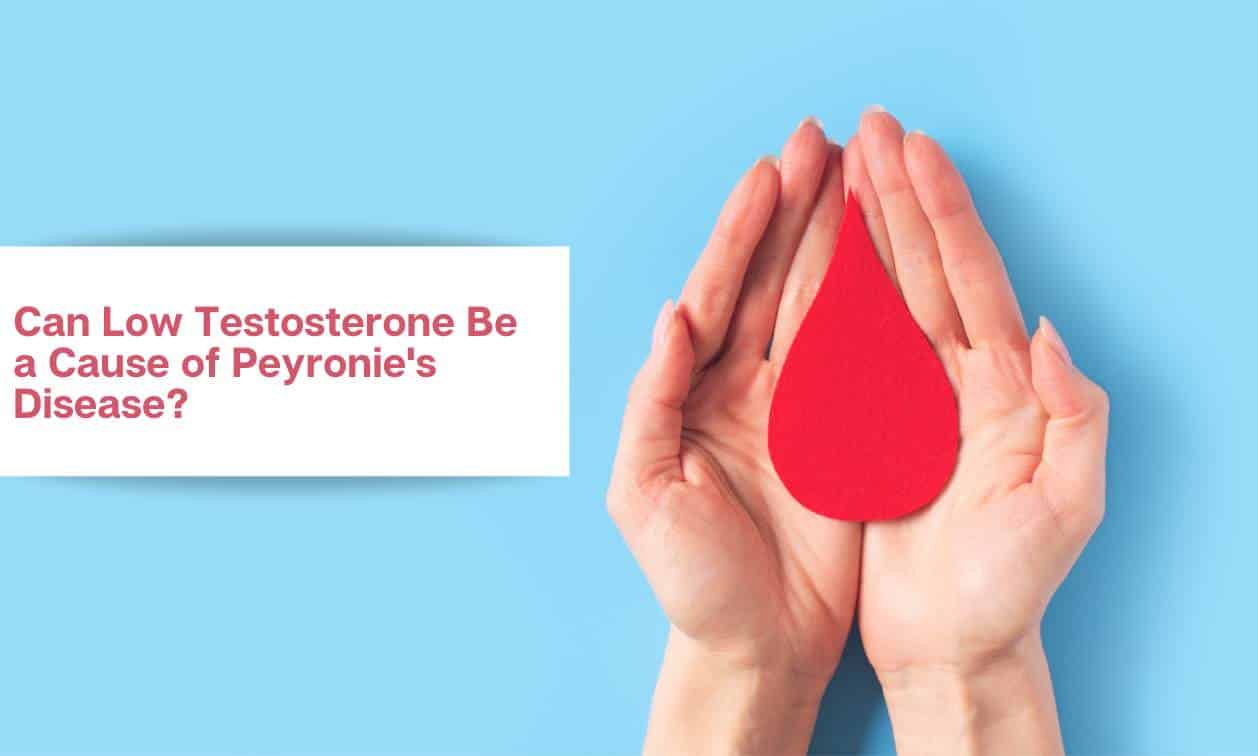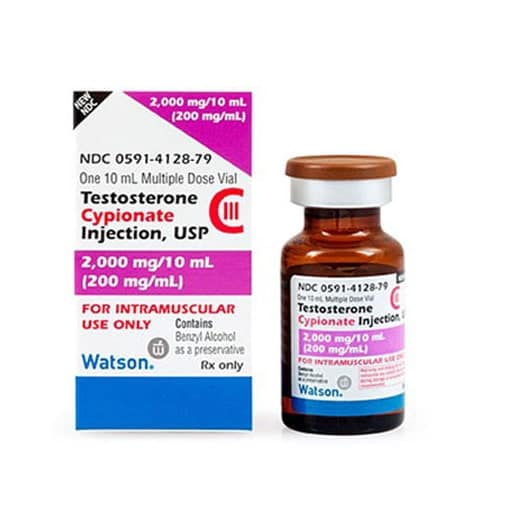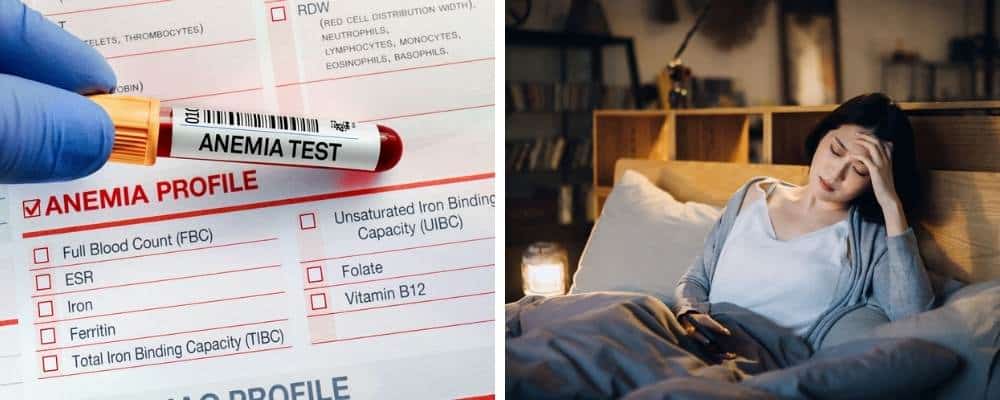
Unexplained Anemia: May Testosterone Be a Cause?
Table of Contents
Many older adults are walking around with undiagnosed anemia. For some, the cause may lie in decreasing levels of testosterone.
Numerous studies over the years have examined the role testosterone plays in red blood cell (erythrocyte) production and anemia. Red blood cells are the most abundant cells in the body, produced in the bone marrow. As we age, hormones such as testosterone and human growth hormone (HGH) decline, leading to a decrease in cell regeneration. Both hormones play a role in maintaining healthy bone mineral density.
With reduced bone cell production, the bones weaken. In addition, testosterone’s influence on erythropoiesis (more about this later) declines. Erythropoiesis is crucial for red blood cell production.
We examine the connection between testosterone and anemia to provide crucial information that can improve your health and quality of life.
What Is Anemia?
Anemia is a medical condition that occurs when the body does not have adequate red blood cells to transport oxygen to the body’s tissues. Also called low hemoglobin, anemia can cause fatigue and weakness. Hemoglobin is the iron-containing protein (heme) that transports oxygen into the red blood cells.
Some people are anemic at birth, indicating a congenital issue. Acquired anemia is a condition developed later on and can be due to changes in health, hormone production, medications, injury (blood loss), or the body destroying its cells.
In some cases, anemia can signify a more severe illness.
Common Types of Anemia
- Iron deficiency – the body needs iron to manufacture hemoglobin for red blood cells.
- Inflammation – diseases such as Crohn’s disease, HIV/AIDS, cancer, kidney disease, and rheumatoid arthritis can interfere with red blood cell production.
- Vitamin B-12 and folate deficiency – these vitamins aid in red blood cell production.
- Aplastic anemia – a life-threatening condition (rare) associated with certain medications, infections, autoimmune diseases, and toxic chemical exposure.
- Bone marrow disease – certain types of diseases, such as myelofibrosis and leukemia, can impact blood cell production in the bone marrow.
- Sickle cell anemia – an inherited condition that causes irregular-shaped blood cells to die prematurely.
- Thalassemia – an inherited disorder resulting in decreased hemoglobin.
- Hemolytic anemia – a condition where the body destroys red blood cells quicker than the bone marrow can reproduce them.
- Megaloblastic anemia – extremely large blood cells that are not properly developed and die early.
Some people have risk factors that can increase the onset of anemia, such as menstruation (due to monthly blood loss) and pregnancy in women. Pregnant women should take a multivitamin with iron and folic acid to protect against anemia.
Other risk factors include intestinal disorders that interfere with nutrient absorption, chronic health conditions, family history, poor diet, toxic chemical exposure, alcoholism, and age (over 65 increases the risk).
What Are the Symptoms of Anemia?
The cause of anemia can dictate the symptoms. In some cases, people will have no idea that they are anemic until they have routine bloodwork done as part of a yearly physical examination or from donating blood. Anemia signs may increase as it worsens if left untreated.
Because the blood cells carry oxygen to all parts of the body, you may feel tired, weak, dizzy, or suffer from headaches and shortness of breath.
The most common symptoms of anemia include:
- Fatigue
- Shortness of breath
- Weakness
- Irregular heartbeat
- Lightheadedness
- Dizziness
- Pale or yellowish skin
- Cold, tingling, or numbness in feet and hands
- Trouble concentrating
- Headaches
- Irritability
- Brittle nails
- Chest pain
- Mouth ulcers
- Blue tint to the whites of the eyes
- Abnormal menstrual bleeding
- Decreased sexual desire (males)
Severe and untreated anemia can lead to extreme fatigue, heart problems, and death. Women may also experience pregnancy complications and premature birth.
Can Low T Levels Be a Cause of Anemia?
Testosterone is an androgen hormone crucial to optimal health in men and women. Older adults have a higher risk of anemia when their testosterone levels are low. One reason is that testosterone exerts erythropoietic activities by stimulating erythropoietin (EPO) production to promote normal red blood cell production. Testosterone stimulates EPO release, increases bone marrow activity, and promotes iron incorporation into erythrocytes.
In women, low testosterone symptoms can mimic conditions such as iron deficiency anemia, showing how females with low testosterone levels may also be anemic.
Low testosterone levels were shown in one study to be related to low hemoglobin, low hematocrit, and anemia.
Another study showed that women with the lowest bioavailable testosterone levels were significantly more likely to receive a diagnosis of anemia than those with the highest testosterone levels. Women in the higher total testosterone level category have a 73% lower risk of developing anemia.
Low testosterone is not the only factor in anemia. Some people with low testosterone levels are not anemic. Conversely, some men and women who have normal to higher levels of testosterone are diagnosed with anemia. Blood analysis is crucial when anemia and hormone deficiency are suspected based on other symptoms.
How Can Adults with Anemia Benefit from TRT?
Testosterone replacement therapy (TRT) can increase hemoglobin by as much as 5 to 7%. In studies comparing androgen therapy (TRT) to EPO therapy (rhEPO), androgen therapy exerted similar effects on erythropoiesis. Testosterone’s similar influence on red blood cell production indicates the importance of maintaining healthy androgen levels in the body.
Testosterone also plays a role in estrogen production in the body, as it is a precursor hormone for estradiol, which also regulates red blood cell concentration. Higher estradiol levels have been shown to correlate with a higher hematocrit reading.
Testosterone treatment in older men has also been shown to increase circulating monocytes, neutrophils, and platelets in addition to erythrocytes.
Because anemia in the elderly may increase morbidity and mortality risks, treating low testosterone with hormone replacement therapy (HRT) may provide many health benefits. With the increase in red blood cell production, circulation and energy also improve. Many older males experience benefits in erectile functions, as blood flow to the penis is crucial for achieving and maintaining an erection.
Further benefits of TRT for older adults include strengthening bones and muscles to improve the body’s structural integrity. Testosterone also influences cognitive functions, memory, mood, metabolism, and hair growth. Many women with low testosterone who receive bioidentical testosterone cream report improved hair growth and thickness. Testosterone is also crucial for women’s sexual well-being.

Conclusion
Many factors can lead to anemia, with a hormone deficiency, especially testosterone, being one of them. Blood analysis is crucial to determine the cause of anemia and any subsequent treatment.
For those who have low testosterone levels, HRT is often the best form of treatment. TRT can improve bone mineral density (to help with bone marrow) and erythropoiesis for better red blood cell production.



